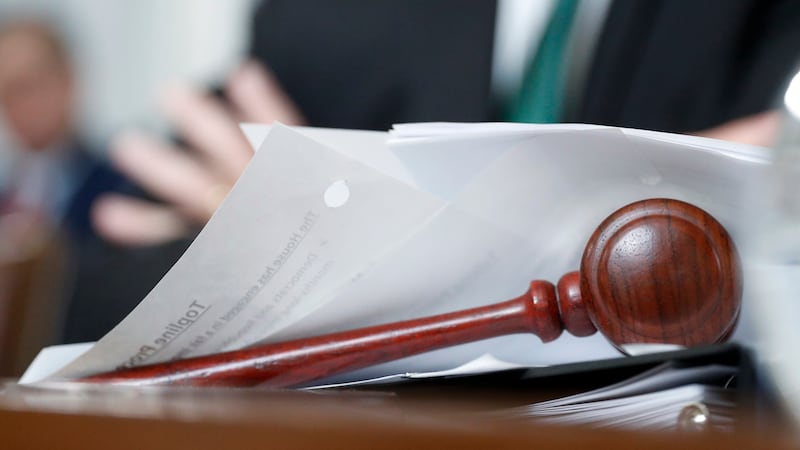PERRY, Ga. — Emergency responders are using a first-of-its-kind disaster training facility in Georgia to prepare for the worst.
Channel 2's Craig Lucie got a tour of the private facility, Guardian Centers, in Perry last month. It consists of more than 800 acres where first responders can simulate any disaster on a real-life scale.
The property was once slated as the site for a missile plant, but it sat dormant for years after the government canceled the contract. Now, it houses burned and damaged buildings, flooded neighborhoods, a mock hospital and collapsed parking deck. The center also features streets and highways, a helipad, an observation deck and a command center.
"This is about as real as you can get without the real thing," said Guardian Centers Vice President of Operations Tim Maloney. "It's risk mitigation. You have to go through the process and make sure you mitigate the risk associated with working with things."
Some of the disaster simulations are based on actual events. One building is based on the concept of the bombed Murrah Federal Building in Oklahoma City. Another section models New Orleans' 9th Ward, which was flooded during Hurricane Katrina in 2005. The center uses role players to act as victims trapped in a flooded home.
"First responders can learn how to work in small boats, but not only that, they learn about getting in and getting people out," Maloney said. "You can't just drag them, they can't walk. You have to figure out how you're going to transport and move them."
Maloney, who is from Boston, said the center cityscape is also equipped to simulate April's Boston Marathon bombing, if needed.
"We can replicate it here on any one of those intersections with the real challenges of having the buildings there, the confined spaces, having the finish line. We could put all that in place and then go through the process," Maloney said.
Guardian Centers is even equipped to simulate disasters underground. One section features 1,800 feet of subway rail and eight rail cars donated by Washington, D.C.'s metro.
Maloney said the center's goal is to provide training for federal, state and local first responders more than 40 weeks out of the year. He said crews who have already visited and trained at the facility were at first overwhelmed, then excited to get such hands-on experience.
"Ultimately, this is the real thing. This isn't faux, this isn't a store front, this isn't made or cardboard or anything like that. This is it," Maloney said.
He added, "You can find out your gaps, your holes, what you thought would work, and what doesn't work. Then you can be better prepared when you have to do it for real."
WSBTV




